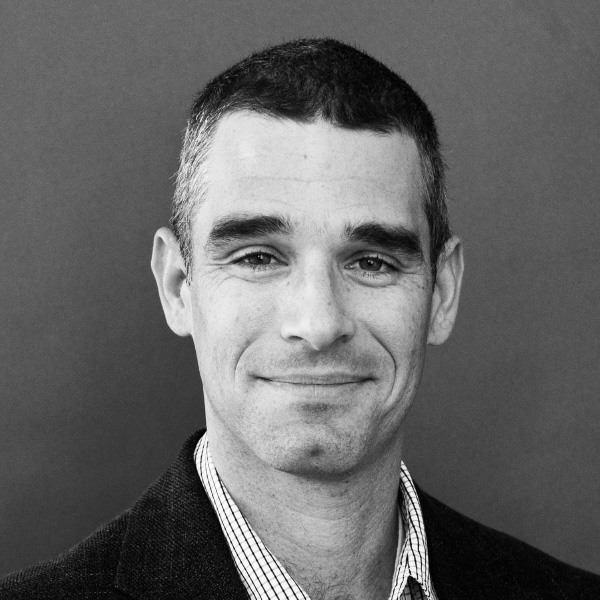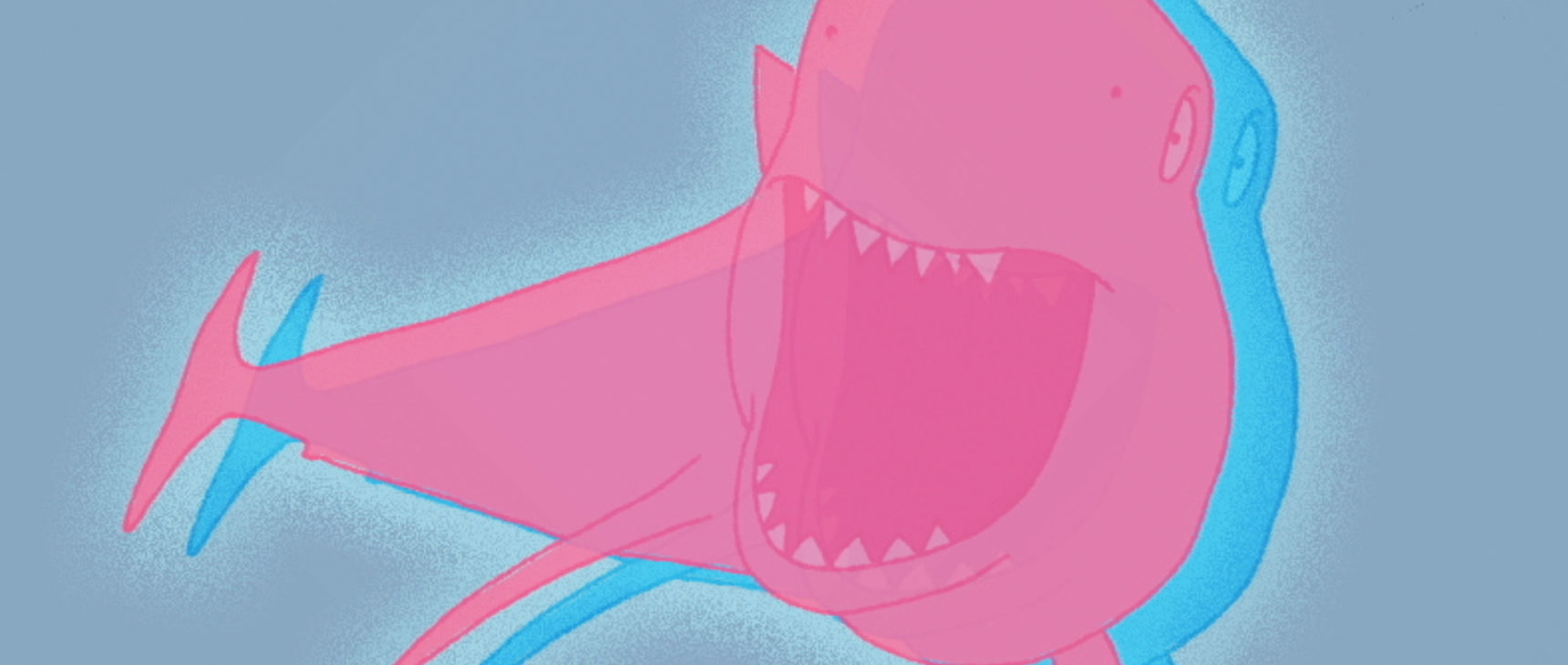Amateur Mathematician Finds Smallest Universal Cover
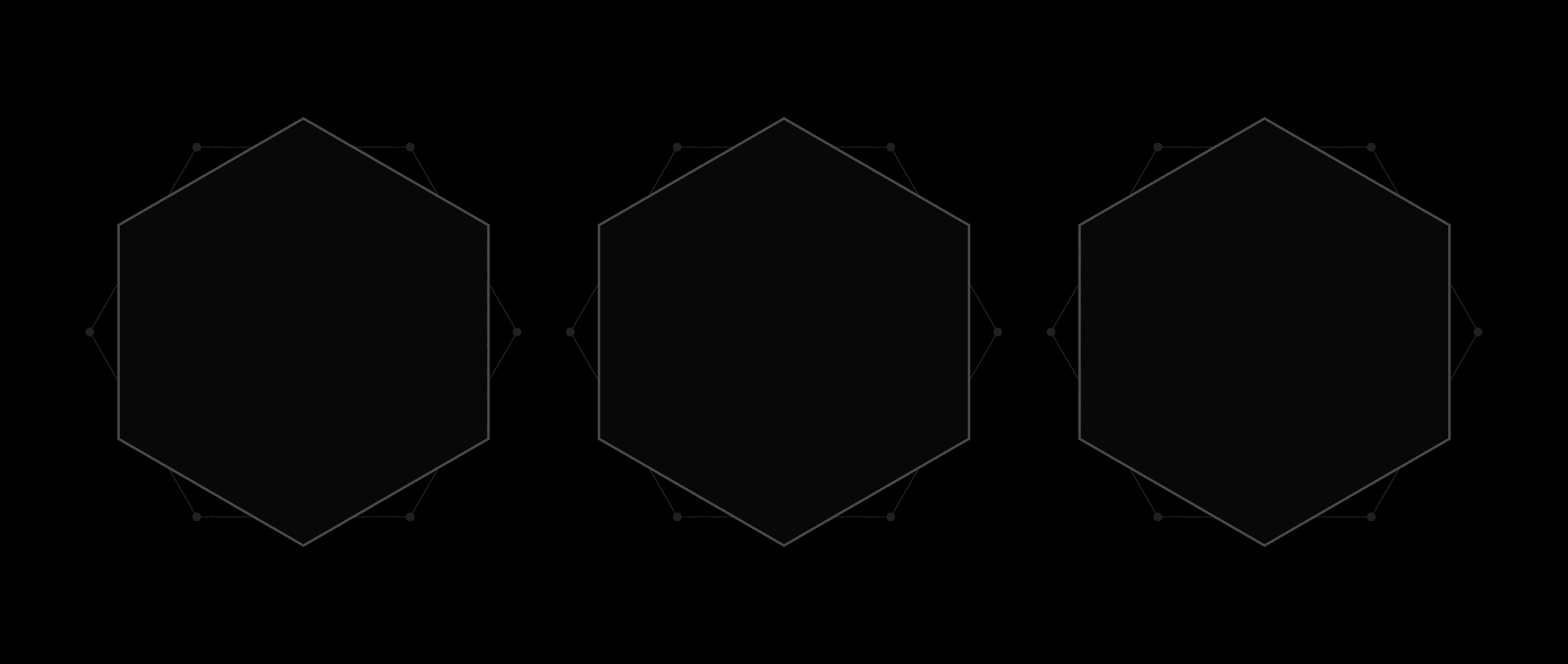
A universal cover such as the hexagon can cover up any shape.
DVDP for Quanta Magazine
Introduction
Philip Gibbs is not a professional mathematician. So when he wanted a problem to chew on, he looked for one where even an amateur could make a difference. What he found was a challenge that could drive even the most exacting minds mad. In a paper completed earlier this year, Gibbs achieved a major advance on a 100-year-old question that hinges on the ability to accurately measure area down to the atomic scale.
The problem was first proposed by Henri Lebesgue, a French mathematician, in a 1914 letter to his friend Julius Pál. Lebesgue asked: What is the shape with the smallest area that can completely cover a host of other shapes (which all share a certain trait in common)?
In the century since, Lebesgue’s “universal covering” problem has turned out to be a mousetrap: Progress, when it’s come at all, has been astonishingly incremental. Gibbs’ improvement is dramatic by comparison, though you still have to squint to see it.
Picture a dozen paper cutouts of different sizes and shapes lying on your floor. Now imagine being asked to design another shape that is just big enough to cover any of those dozen shapes. Through experimentation — by overlaying the shapes and rotating them — you could feel your way to a solution. But once you’d found a “universal” cover, how would you know if you’d found the smallest one? You could imagine returning to your cover throughout the day and finding places to trim a little more here or a little more there.
That is the spirit of Lebesgue’s universal covering problem. Instead of paper cutouts, it considers shapes where no two points are farther than one unit apart. The circle is the most obvious shape with “diameter 1,” but there are infinitely many others: the equilateral triangle, the regular pentagon, the regular hexagon and a three-sided shape with bulging sides known as the Reuleaux triangle, for starters. This diversity of shapes is what makes it hard to find the smallest cover for them all.

Lucy Reading-Ikkanda/Quanta Magazine
Soon after receiving the letter from Lebesgue, Pál realized that the regular hexagon is a universal cover. Then he did one better. He noticed he could cut off two nonconsecutive corners from the hexagon — the resulting shape had less area but was still a universal cover.
“You take the hexagon, layer it on top, rotate the second one 30 degrees, and you can cut off two of the corners. That was where Pál left it,” said Gibbs.
Over the next 80 years, two other mathematicians shaved slivers from Pál’s universal cover. In 1936 Roland Sprague removed a section near one of the corners; in 1992 H. C. Hansen removed two vanishingly small wedges from the lower right and left corners. Illustrations of Hansen’s area savings would convey something about the locations but inevitably mislead about the size: They had an area of 0.00000000004 units.
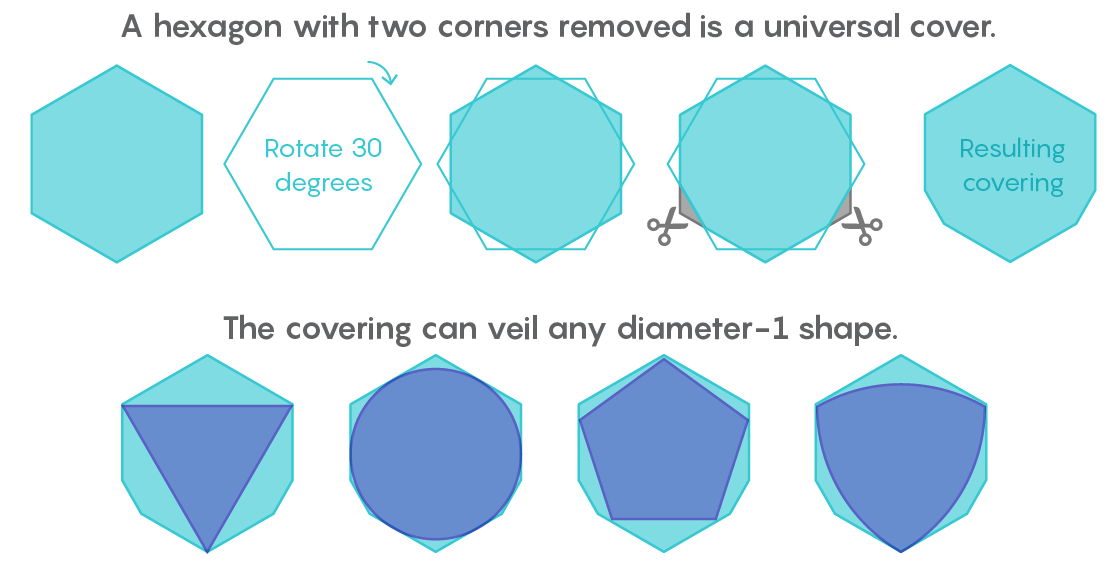
Lucy Reading-Ikkanda/Quanta Magazine
“You can’t really draw them in scale because they’d be atom-sized pieces,” said John Baez, a mathematician at the University of California, Riverside.
Baez lifted Lebesgue’s universal covering problem out of obscurity when he wrote about it in 2013 on his popular math blog. He confessed he was attracted to the problem the way you might be attracted to watching an insect drown.
“My whole interest in this problem is rather morbid,” Baez wrote. “I don’t know any reason that it’s important. I don’t see it as connected to lots of other beautiful math. It just seems astoundingly hard compared to what you might initially think. I admire people who work on it in the same way I admire people who decide to ski across the Antarctic.”
Philip Gibbs had never skied across the Antarctic, but he did read Baez’s blog. When he saw the post about Lebesgue’s universal covering problem, he thought, “That’s exactly the kind of thing I’m looking for.”
Atomic Scissors
Early in his life, Gibbs thought he might become a scientist. He received an undergraduate degree in mathematics from the University of Cambridge and a Ph.D. in theoretical physics from the University of Glasgow. But he soon lost his enthusiasm for academic research and instead became a software engineer. He worked on systems for ship design, air traffic control and finance, before retiring in 2006.
Gibbs remained interested in academic questions, but there wasn’t much he could do as a nonprofessional researcher. “As an independent scientist it’s hard to keep up with everything that’s going on,” he said. “But if you find the right kind of niche, you can do some stuff and come up with some useful results.”
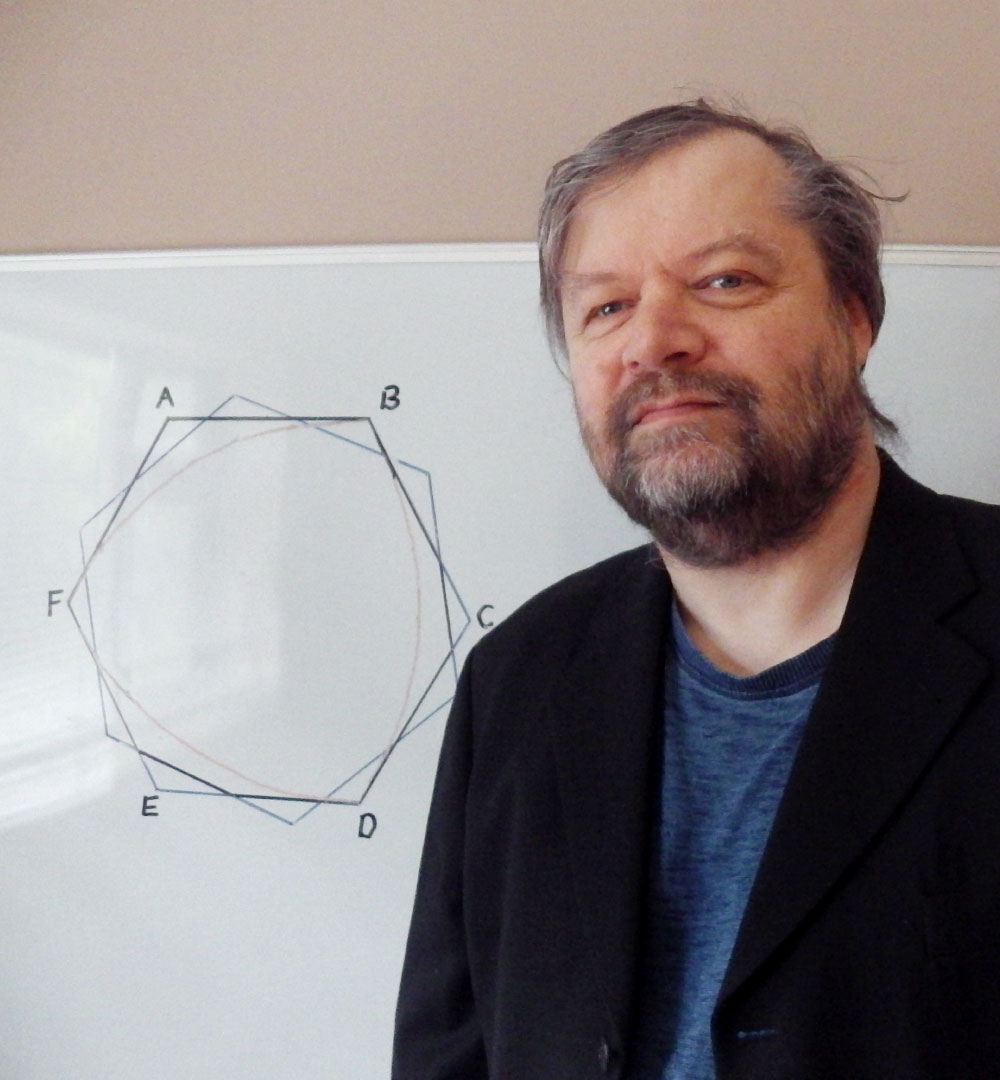
Amateur mathematician Philip Gibbs reduced the size of the smallest known universal cover using techniques inspired by a compass and protractor.
Courtesy of Philip Gibbs
Lebesgue’s universal covering problem was just such a niche. The problem had never attracted much attention from mathematicians, so he suspected that he would be able to make progress. Gibbs also realized he could use his programming background to gain an advantage. “I’m always on the lookout for problems where you can maybe use computers to try and do a bit of experimental mathematics,” he said.
In 2014 Gibbs ran computer simulations on 200 randomly generated shapes with diameter 1. Those simulations suggested he might be able to trim some area around the top corner of the previous smallest cover. He turned that lead into a proof that the new cover worked for all possible diameter-1 shapes. Gibbs sent the proof to Baez, who worked with one of his undergraduate students, Karine Bagdasaryan, to help Gibbs revise the proof into a more formal mathematical style.
The three of them posted the paper online in February 2015. It reduced the area of the smallest universal covering from 0.8441377 to 0.8441153 units. The savings — just 0.0000224 units — was almost one million times larger than the savings that Hansen had found in 1992.
Gibbs was confident he could do better. In a paper posted online in October, he lopped another relatively gargantuan slice from the universal cover, bringing its area down to 0.84409359 units.
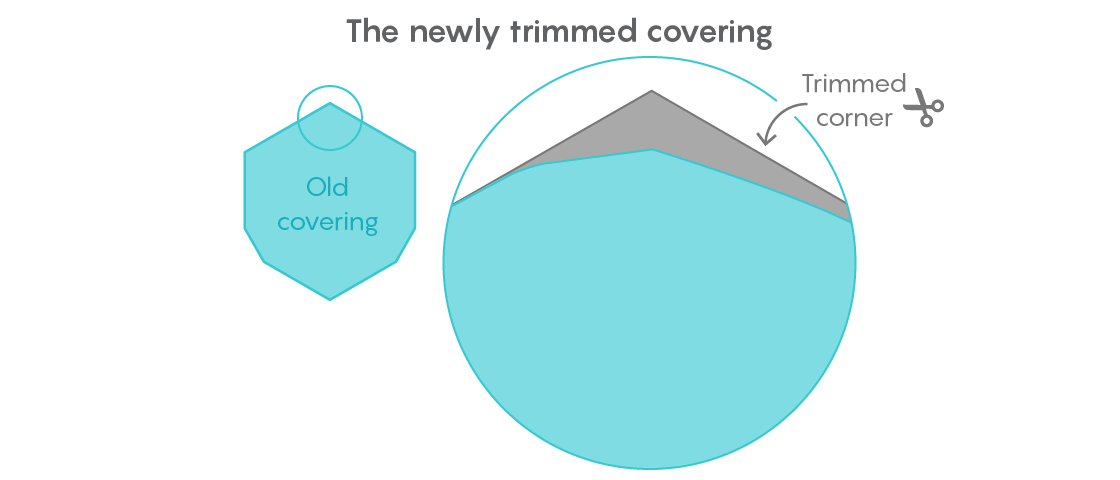
Source: Philip Gibbs
His strategy was to shift all diameter-1 shapes into a corner of the universal cover he’d found a few years earlier, then remove any remaining area in the opposite corner. Accurately measuring the area savings, however, proved exacting. The techniques Gibbs used are all from Euclidean geometry, but he had to execute with a precision that would make any high school student cross-eyed.
“As far as the math goes, it’s just high-school geometry. But it’s carried to a fanatical level of intensity,” wrote Baez.
For now, Gibbs continues to hold the crown for finding the smallest universal cover, but his reign isn’t secure. Gibbs believes there’s still room yet to find a better universal cover. For his part, Baez hopes the renewed attention Gibbs has brought to Lebesgue’s question will stimulate the interest of other mathematicians. At that point, it might be possible to leave the ruler and compass behind and engage the full arsenal of modern mathematical techniques.
“It’s possible that the right way to solve this involves very different ideas,” he said, “though I have no idea what those ideas would be.”
